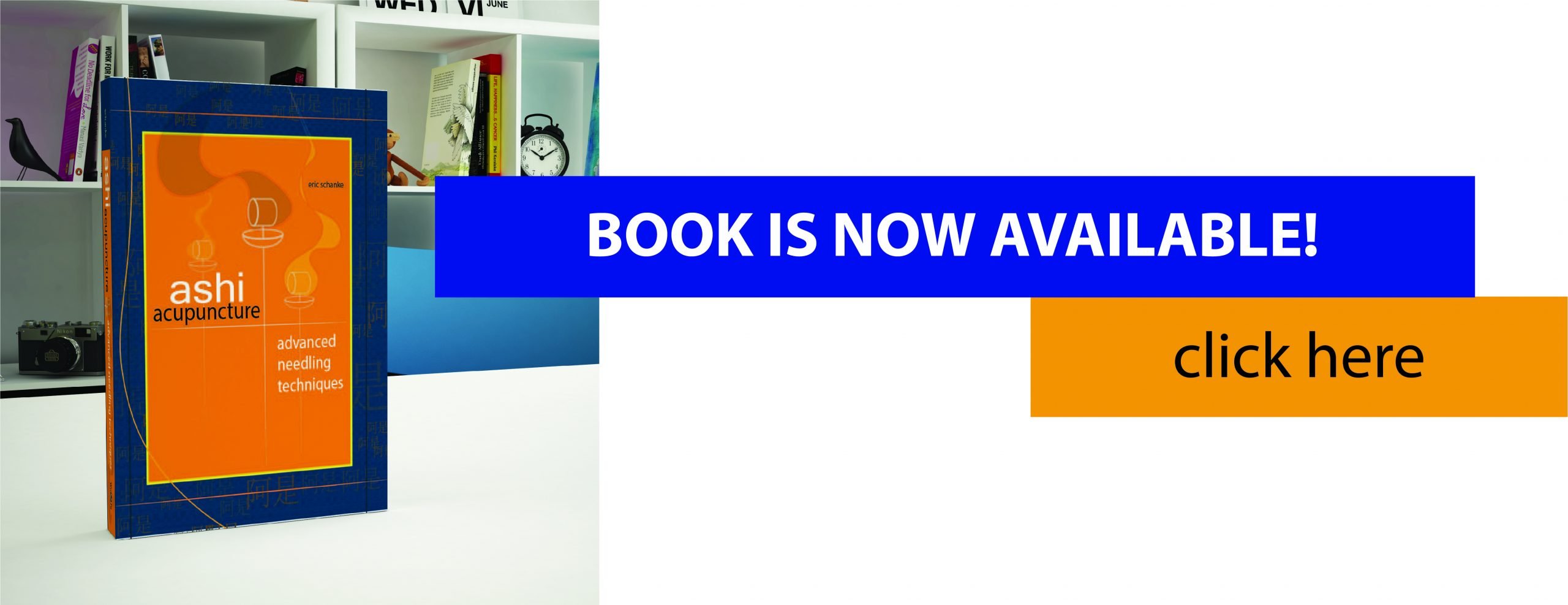A recent video has emerged of a pneumothorax that occurred during a demonstration at a workshop. I wanted to add my thoughts about this unfortunate incidence. Hopefully by analyzing this incident we can take steps to minimize its recurrence. It is also important to be reminded of the potential danger we face every time we needle over the thoracic cavity.
Thanks to Jason Tutt of needlechat.com for bringing the incident to my attention. I encourage everyone to read his article, watch the video , and read the original journal article.
The 2 Factors
I believe that there are 2 factors that increased the likelihood of this happening. First, in a seminar setting the presenting practitioner’s attention is split among several things. He isn’t able to just focus on the patient. He also has to consider his position for the attendees, his position for the camera, and he also has to explain the procedure. It can be nerve racking to needle dangerous points in the comfort and familiarity of your own clinic. Imagine that amplified by spectators, strange location, filming, etc. I believe that these distractions could have thrown his “game” off just enough that he didn’t watch his depth the way he should have.
Secondly, and the factor that could most easily be changed, the needle diameter. The linked article details that the needle used was a .30mm x 50mm Seiren. Watching the video you can see that the needle just bends every which way. It can do the same thing in the body! I discuss this in my upcoming book; use a thick needle. They are much less likely to deflect and bend. The technique that is demonstrated in the video is the technique I also use clinically, it is generally a good technique. If he had a thicker needle, it is much more likely that it wouldn’t have deflected around the rib. Can we still cause a pneumothorax if we use thick needles? Absolutely! I’m merely trying to offer suggestions for minimizing the possibility.
Thicker=Less Deflection
Clinically I would never attempt this technique except with a .45mm or .40mm needle. What is the difference between a .45mm and a .30mm needle? When we are talking about diameter; we could say that the .45mm needle is 50% thicker than the .30mm. 50% is substantially thicker! But if we look at the cross sectional area (for a circle area=pi x the radius²), the .30mm needle has a cross sectional area of .071 mm² and the .45mm needle has a cross sectional area of .16mm². That is more than 100% greater area! This means the .45mm needle is dramatically stiffer. I’m trying to research how much stiffer the thicker needle is and I’ll report more if I can find a physics guy to help me. Bottom line, use thick needles for ashi acupuncture!
 Ashi Acupuncture – Education and Training Acupuncture and dry needling information, training and education. Medical based acupuncture with an emphasis on anatomy and technique.
Ashi Acupuncture – Education and Training Acupuncture and dry needling information, training and education. Medical based acupuncture with an emphasis on anatomy and technique.

